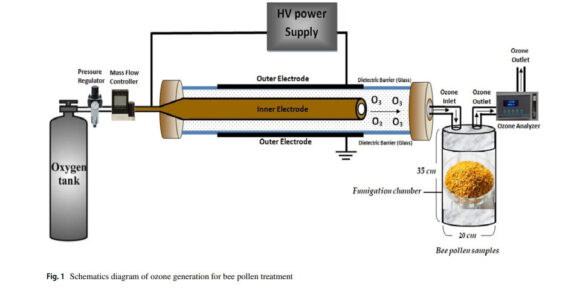Pollen Identification: The Challenges of Color-Based Classification
Pollen analysis is crucial for studying plant-pollinator interactions, biodiversity, and environmental change. Traditional methods include microscopic examination and modern chromatic assessments. Color-based classification is appealing for its simplicity, but the significant color similarity between different plant species’ pollen grains remains a challenge. In our latest study, we analyzed over 85,000 corbicular pollen samples from 30…















